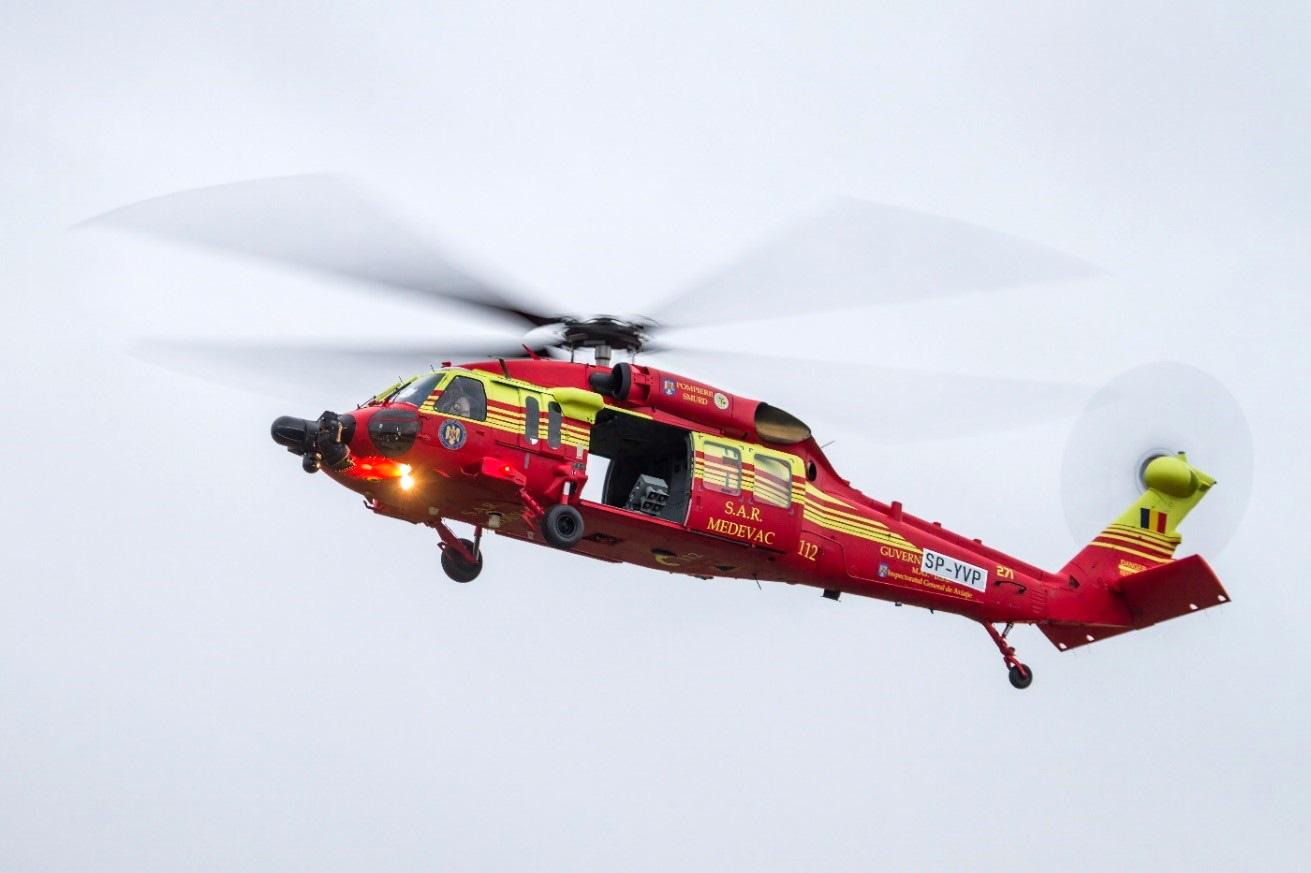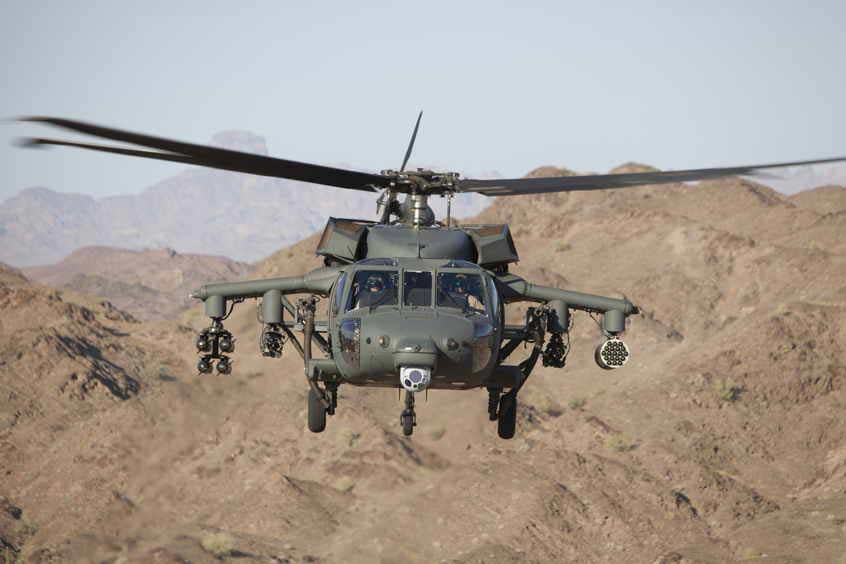Inside the Sikorsky S 70: What Sets This Helicopter Apart from Its Rivals
Inside the Sikorsky S 70: What Sets This Helicopter Apart from Its Rivals
Blog Article
High-Performance Multi-Role Rotorcraft Featuring Advanced Cabin Technologies and Integrated Sensor Systems
The realm of rotorcraft technology has actually seen remarkable innovations in current times, specifically in the realm of high-performance multi-role rotorcraft outfitted with advanced cockpit technologies and flawlessly incorporated sensing unit systems. These technologies have not just augmented the operational capabilities of rotorcraft but have actually also considerably affected modern aeronautics operations on various fronts. From enhanced goal adaptability to improved functional effectiveness, the convergence of innovative cockpit modern technologies and integrated sensor systems has actually ushered in a new era of opportunities for rotorcraft applications. In the complying with discussion, we will discover the advancement of rotorcraft modern technology, look into the world of advanced cabin technologies, and check out the effects of incorporated sensor systems on the functional adaptability and effectiveness of modern rotorcraft.
Evolution of Rotorcraft Technology
The development of rotorcraft modern technology has been marked by significant developments in the rules of aerodynamics, products, and propulsion systems, shaping the abilities and performance of modern rotorcraft. Furthermore, advancements in propulsion systems, including more powerful engines and innovative propulsion modern technologies, have actually made it possible for rotorcraft to attain greater altitudes, faster rates, and greater hauls.
These advancements have not just changed the capacities of rotorcraft but have actually also increased their applications throughout different markets, consisting of armed forces, commercial, and emergency situation solutions. The continual advancement of rotorcraft innovation continues to drive advancement in the area, pushing the borders of what is possible and shaping the future of vertical trip.
Advanced Cockpit Innovations
Structure upon the fundamental developments in aerodynamics, materials, and propulsion systems, the world of rotorcraft innovation now shifts emphasis in the direction of pioneering Advanced Cabin Innovations. The combination of sophisticated modern technologies within the cockpit setting plays a crucial duty in improving the operational abilities, safety, and efficiency of modern-day rotorcraft. sikorsky s 70. Advanced Cockpit Innovations incorporate a broad range of features created to provide pilots with boosted situational recognition, streamlined information monitoring, and user-friendly control interfaces
Among the vital improvements in cabin design is the application of glass cockpits, which replace standard analog determines with high-resolution screens. These electronic systems use personalized formats, real-time information integration, and boosted readability, enabling pilots to gain access to crucial details at a glimpse. Progressed avionics systems, such as fly-by-wire controls and augmented reality screens, are reinventing just how pilots interact with the airplane, permitting for specific control and enhanced decision-making capabilities.


Incorporating advanced cockpit technologies not only enhances pilot efficiency however likewise contributes to total objective effectiveness and security in complicated functional settings. By leveraging modern innovations within the cabin, rotorcraft producers are setting brand-new requirements for functional excellence and objective success.
Integrated Sensor Systems
With the evolution of rotorcraft modern technology, the combination of advanced Integrated Sensing unit Equipment has become extremely important in improving functional efficiency and security. These Integrated Sensor Solutions incorporate a wide selection of innovations that give crucial information for various features such as navigation, security, targeting, and ecological monitoring. By flawlessly integrating sensors like radars, electronic cameras, lidar, and infrared systems into rotorcraft, drivers can take advantage of improved situational recognition, enhanced goal capabilities, and lowered pilot workload.
One secret benefit of Integrated Sensor Systems is their capability to collect real-time information and supply actionable insights to pilots and objective drivers. For instance, progressed radar systems can discover and track targets over fars away, enabling very early risk discovery and effective reaction preparation. In addition, incorporating electro-optical and infrared electronic cameras enables rotorcraft to carry out reconnaissance and monitoring objectives with precision and accuracy.
Basically, the combination of advanced sensing unit modern technologies right into rotorcraft not only boosts operational efficiency but also contributes considerably to general objective success and team security. As rotorcraft proceed to develop, the function of Integrated Sensor Systems will undoubtedly continue to be at the leading edge of advancement in the aerospace market.
Functional Adaptability and Efficiency
Enhancing functional flexibility and effectiveness in rotorcraft is an all-natural progression from the integration of sophisticated Integrated Sensing unit Solutions. By leveraging the data and insights provided by these cutting-edge sensing unit systems, rotorcraft can maximize their efficiency throughout different missions and environments.
Operational versatility incorporates the capability of rotorcraft to adapt to different functions and scenarios successfully. With sophisticated cockpit innovations and integrated sensing unit systems, rotorcraft can perfectly transition between jobs such as search and rescue, medical discharge, security, and extra. This adaptability enhances the rotorcraft's ability to my website fulfill varied operational demands without requiring considerable reconfiguration.
Efficiency in rotorcraft procedures is critical for taking full advantage of mission efficiency and resource application. Integrated sensor systems play an essential function in enhancing operational performance by supplying real-time information on weather, surface mapping, target monitoring, and much more. This information enables pilots to make educated choices quickly, maximize flight paths, preserve fuel, and boost overall mission efficiency.
Effect on Modern Aeronautics Procedures

Moreover, the integration of sophisticated sensing units promotes enhanced goal planning and implementation, making it possible for rotorcraft to carry out a wide variety of tasks with enhanced accuracy. From search and rescue operations to airborne firefighting and police objectives, the abilities of modern-day rotorcraft geared up with innovative cabin innovations and integrated sensor systems are unrivaled.
Additionally, the effect of these advancements prolongs past operational performance to cost-effectiveness and sustainability. By maximizing trip paths, gas consumption, and maintenance timetables, high-performance rotorcraft equipped with sophisticated cabin modern technologies and sensors add to reducing operational expenses and environmental influence, making them important properties in modern-day aeronautics operations.
Final Thought
In verdict, the high-performance multi-role rotorcraft with advanced cockpit technologies and integrated sensing unit systems stands helpful hints for a substantial advancement in aeronautics technology. These advancements boost functional adaptability and performance, eventually affecting contemporary aeronautics operations in a positive method. The assimilation of these sophisticated modern technologies permits improved capabilities and performance in different objective situations, showcasing the continued improvement of rotorcraft innovation in the aeronautics industry.
The realm of rotorcraft modern technology has actually seen notable improvements in current times, particularly in the world of high-performance multi-role rotorcraft outfitted with sophisticated cabin technologies and perfectly integrated sensor systems. From boosted mission adaptability to enhanced operational performance, the merging of advanced cabin innovations and incorporated sensing unit systems has actually ushered in a brand-new period of possibilities for rotorcraft applications. In the complying next page with discussion, we will explore the evolution of rotorcraft modern technology, delve into the world of sophisticated cockpit developments, and examine the implications of incorporated sensor systems on the functional convenience and efficiency of modern-day rotorcraft.

Report this page